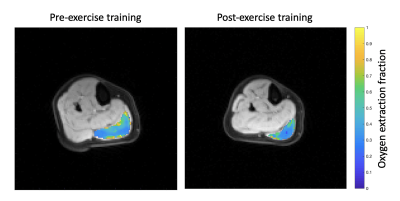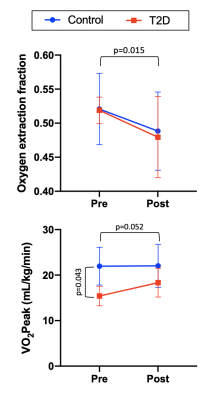Erin K Englund1, Deirdre Rafferty2, Jie Zheng3, Hongyu An3, Judith G Regensteiner2,4, Alex J Barker1,5, and Jane EB Reusch2,4
1Department of Radiology, University of Colorado Anschutz Medical Campus, Aurora, CO, United States, 2Department of Medicine, University of Colorado Anschutz Medical Campus, Aurora, CO, United States, 3Department of Radiology, Washington University in St. Louis, St. Louis, MO, United States, 4Center for Women’s Health Research, University of Colorado Anschutz Medical Campus, Aurora, CO, United States, 5Department of Bioengineering, University of Colorado Anschutz Medical Campus, Aurora, CO, United States
1Department of Radiology, University of Colorado Anschutz Medical Campus, Aurora, CO, United States, 2Department of Medicine, University of Colorado Anschutz Medical Campus, Aurora, CO, United States, 3Department of Radiology, Washington University in St. Louis, St. Louis, MO, United States, 4Center for Women’s Health Research, University of Colorado Anschutz Medical Campus, Aurora, CO, United States, 5Department of Bioengineering, University of Colorado Anschutz Medical Campus, Aurora, CO, United States
In response to 15 weeks of supervised exercise training, oxygen extraction fraction in the medial gastrocnemius muscle at rest was reduced in previously sedentary individuals with and without type 2 diabetes.


